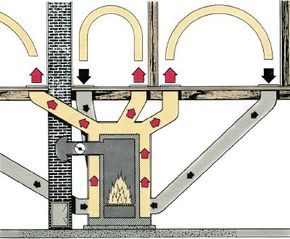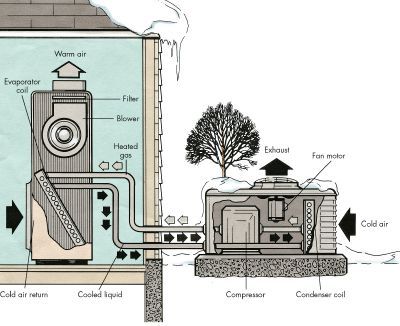Key Takeaways
- Draining a radiator involves shutting off the power and gas to the boiler, closing the water intake valve to stop the water flow and allowing the system to cool.
- Attach a garden hose to the boiler’s drain valve, or use a bucket, and open the valve to release the water. Let it drain until no more water exits the system.
- Once the radiator is fully drained, close the valve and disconnect the hose or remove the bucket, effectively emptying the boiler and radiators of water and any accumulated sludge.
Many homes are heated by using a boiler. The boiler heats water for washing and heats your house by circulating hot water or steam via a series of pipes and radiators located throughout the house [source: Energy Savers]. Proper maintenance of your heating system is essential to efficiently heat your house and to prevent problems. Sometimes if a problem arises, fixing it is a simple matter of bleeding a radiator. However, if there's a leak or an accumulation of sludge in the system, the solution requires draining all the radiators. Draining of steam radiators is done by draining the water from the central boiler. Here's what to do if you have to drain your radiators and boiler.
- Turn off all power to the boiler. The power switch will be located on the boiler.
- Turn off the gas to the boiler system.
- Shut off the water intake valve. This will ensure that no water enters the system while you are draining it.
- Let the system cool down for at least 30 minutes.
- Locate the drain valve at the bottom of the boiler. Attach a garden hose to the valve. Place the other end of the hose in the sink. You can also drain the boiler into the garden.
- Open the drain valve by turning it counter-clockwise. The water will begin to drain from the boiler. When there is no more water emptying out of the hose, the system is drained. Close the valve and remove the hose. If you do not have a hose, place a bucket under the drain valve and open the valve and fill the bucket. When the bucket is full, shut the valve and empty the bucket. Repeat the procedure until the boiler is empty [source: Do It Yourself].
Advertisement

